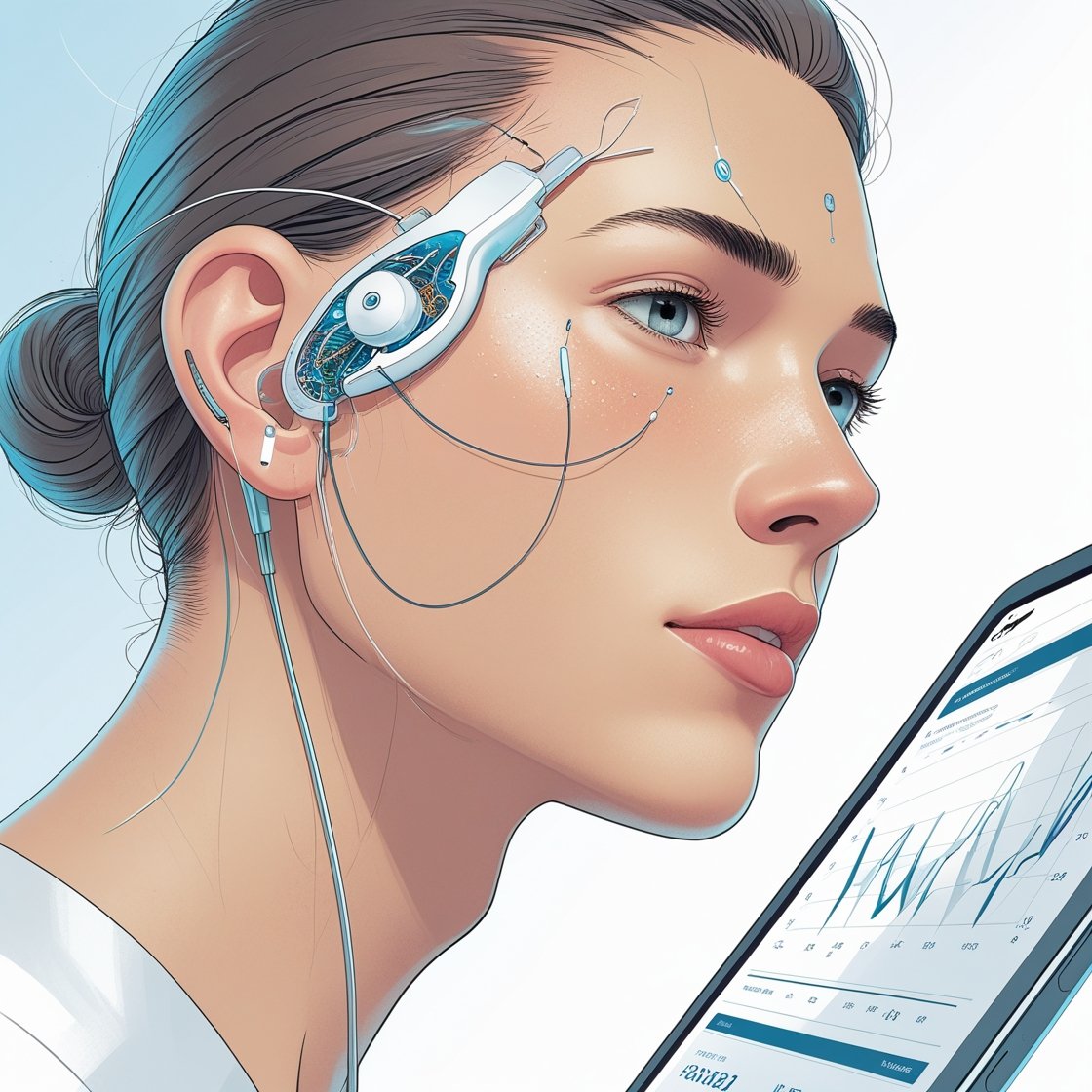Introduction
In January 2024, Elon Musk announced a milestone that sounded like science fiction: the first human received a Neuralink brain implant. The startup, founded in 2016, aims to merge human brains with computers, starting with medical applications but with ambitions stretching into cognitive enhancement.
The FDA approved human trials in 2023 after years of animal testing (and controversy). Now, the “PRIME Study” is underway, testing the safety and functionality of Neuralink’s N1 implant in paralyzed patients. But how does it work? Who qualifies? And what are the risks?
Here’s everything we know so far.
1. What Is Neuralink and How Does It Work?
Neuralink’s core technology is a coin-sized device called the N1 Implant, embedded in the skull and connected to the brain via 1,024 ultra-thin electrodes. Here’s the breakdown:
The Hardware
- Size: 23mm diameter, 8mm thick (smaller than a quarter).
- Electrodes: Flexible “threads” thinner than a human hair, inserted into the motor cortex.
- Battery: Wireless charging (lasts ~12 hours per charge).
- Data Transfer: Bluetooth to a dedicated app (initially for assistive tech like cursors or keyboards).
The Surgery
A custom robotic surgeon performs the implant in under an hour:
- A small skull section is removed.
- The robot inserts threads avoiding blood vessels.
- The device is sealed inside the skull.
How It Compares to Other BCIs
Neuralink isn’t the first brain-computer interface (BCI), but it’s the most advanced for consumer-scale use:
- Synchron’s Stentrode: A less invasive alternative via blood vessels (FDA-approved in 2021).
- Blackrock Neurotech: Uses rigid Utah Array (pioneered in 2004 but requires wired connections).
Neuralink’s edge? Higher bandwidth and a fully implantable design.
2. The First Human Patient: Who, Why, and How?
In February 2024, Neuralink revealed its first recipient: a 29-year-old paralyzed man named Noland Arbaugh. A 2016 diving accident left him with quadriplegia.
The PRIME Study
- Goal: Test safety, functionality, and patient quality-of-life improvements.
- Process: Arbaugh received the implant in January. By March, he could:
- Play chess online using his mind.
- Control a cursor and keyboard.
- Stream music wirelessly.
Early Results
- Successes: Arbaugh reported “life-changing” functionality but noted lag during low-battery states.
- Challenges: Some threads retracted post-surgery, reducing signal quality (Neuralink adjusted software to compensate).
3. Goals of the Human Trials
Short-Term (2024–2025)
- Safety: Monitor for infections, rejection, or brain tissue damage.
- Functionality: Refine signal decoding for basic tasks (text, mobility aids).
Long-Term (2030s and Beyond)
- Medical: Treat paralysis, ALS, Parkinson’s, and depression.
- Augmentation: Memory storage, “telepathy” (Musk’s vision of direct brain-to-brain communication).
- AI Integration: A “symbiosis with artificial intelligence,” per Musk.
Ethical Hurdles
- FDA’s Conditions: Neuralink must address risks like overheating, cybersecurity, and long-term effects.
- Transparency: Critics demand more public data (most updates come via Musk’s X posts).
4. Risks and Controversies
Medical Risks
- Surgical Complications: Bleeding, seizures, or permanent brain damage.
- Long-Term Unknowns: Can the brain tolerate foreign objects for decades?
Ethical Concerns
- Animal Welfare: Neuralink faced USDA investigations after monkeys died in testing (Musk claims “no monkey fatalities were related to the implant”).
- Privacy: Could hackers access brain data? Neuralink insists signals are encrypted.
Regulatory Scrutiny
The FDA initially rejected Neuralink in 2022 over safety concerns (e.g., overheating wires, migration risks). The 2023 approval came with strict monitoring requirements.
5. What’s Next for Neuralink?
2024–2025 Roadmap
- Expand trials to ~10 more patients.
- Improve thread stability and battery life.
Competition
- Synchron: Already in human trials with a non-invasive stent.
- Precision Neuroscience: Developing a thinner, reversible BCI.
Commercial Viability
Musk predicts a consumer version by “the late 2020s,” but experts are skeptical. Costs could initially exceed $50,000 far beyond most patients’ reach.
Conclusion
Neuralink’s first human trials mark a leap toward merging biology and technology. For patients like Noland Arbaugh, the potential is transformative. Yet major questions remain: Can Neuralink overcome safety hurdles? Will regulators approve wider use?
One thing is clear: The era of brain-computer interfaces isn’t coming, it’s here. The question now is, how far will we go with it?





